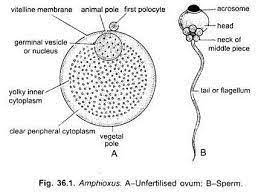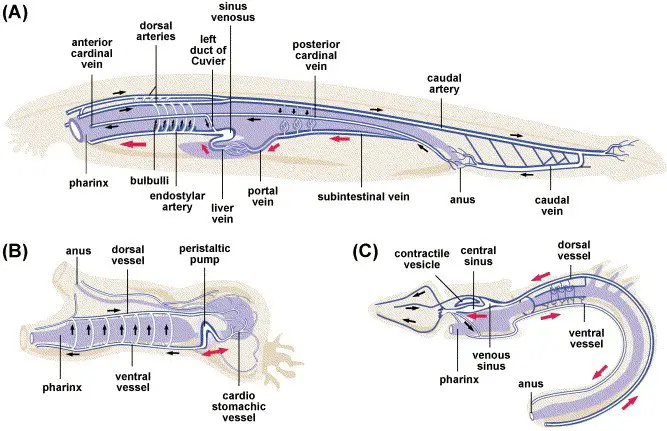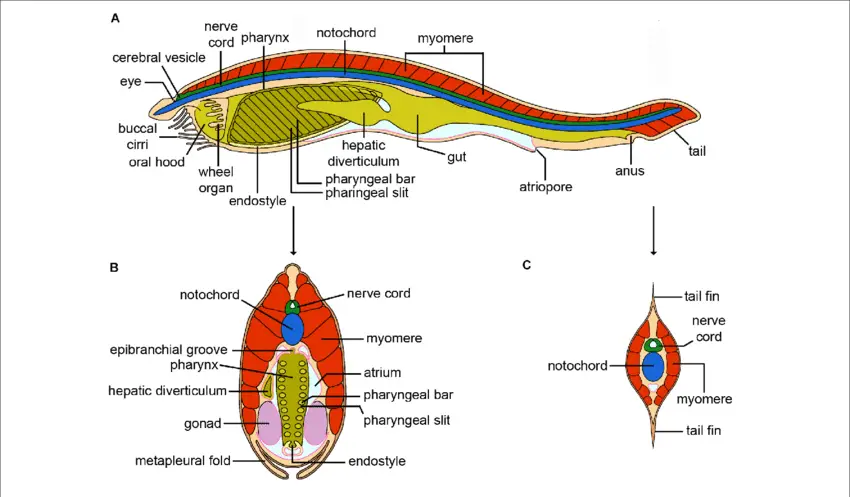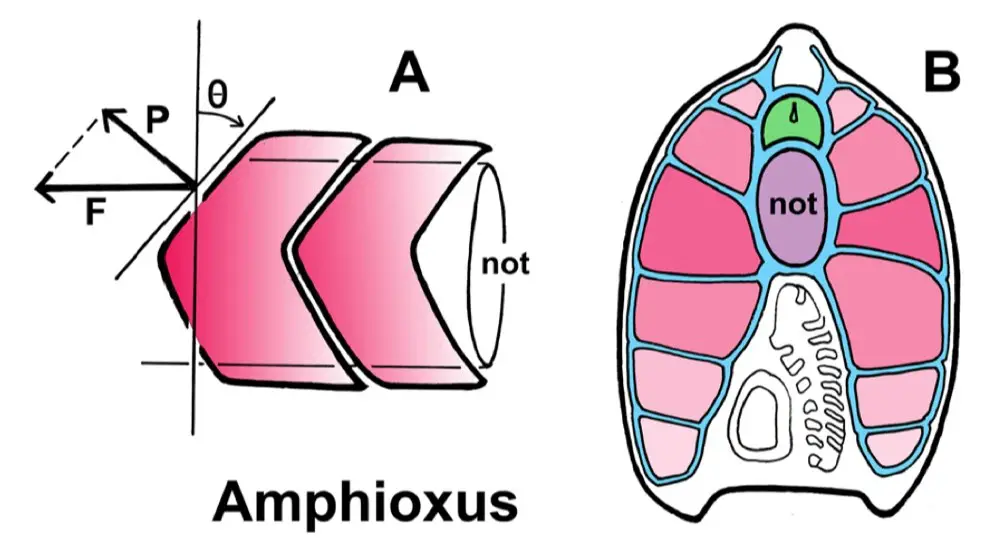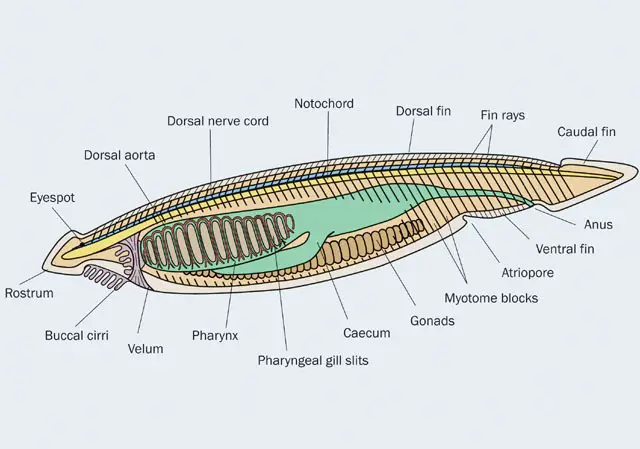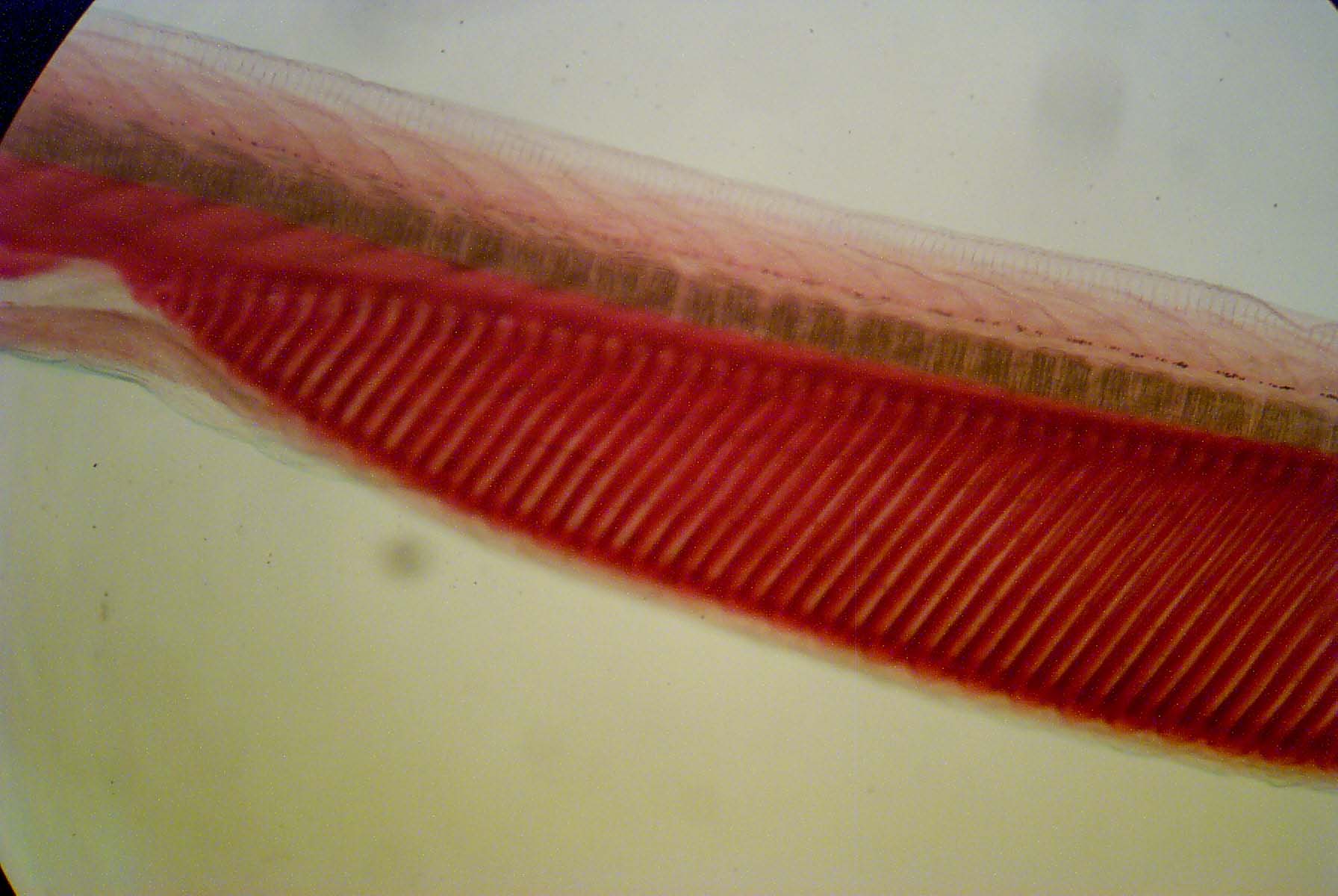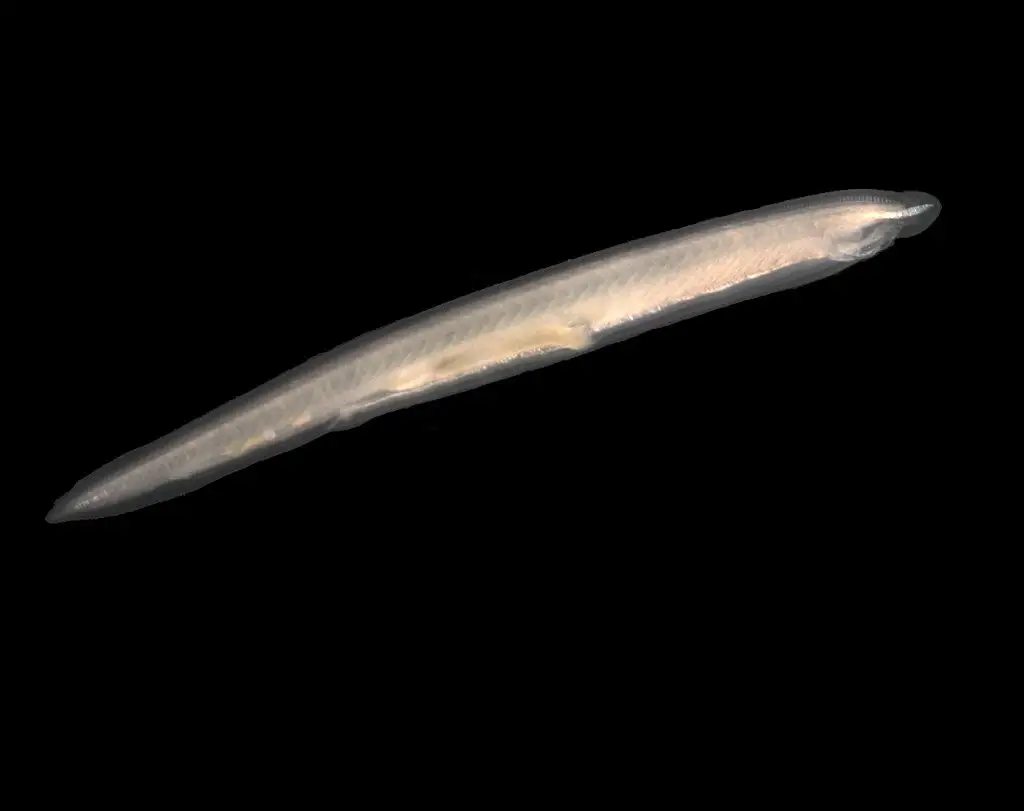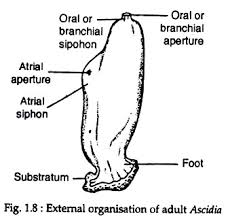Excretory and Reproductive System of Branchiostoma
In Branchiostoma primary excretion occur through nephridia, the nephridia in Branchiostoma is ectodermal in origin. In higher Chordate primary excretory organ is kidneys and it is mesodermal origin but in the case of Branchiostoma, it is ectodermal. Protonephridia: On the dorsolateral wall of the pharyngeal region around 100 protonephridia are present on either side of … Read more
